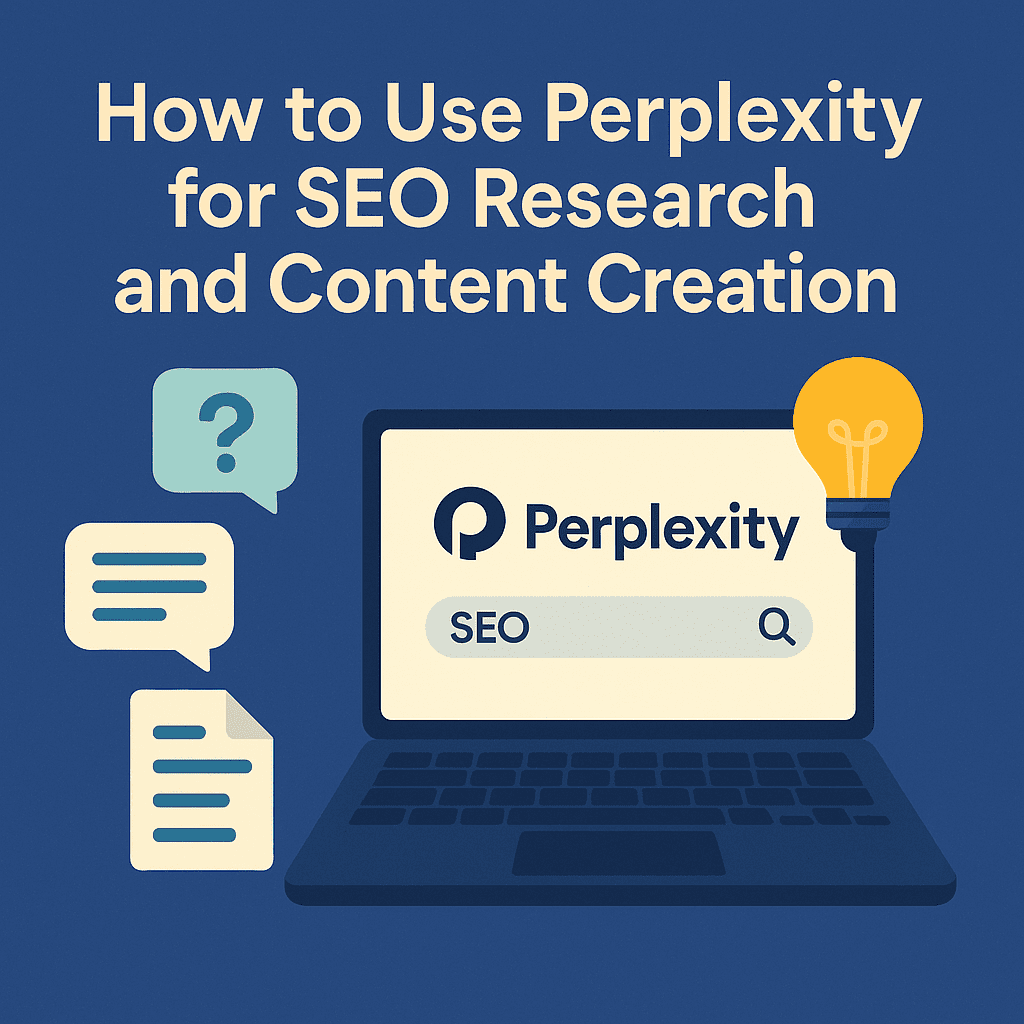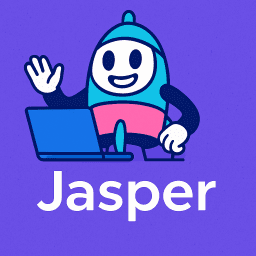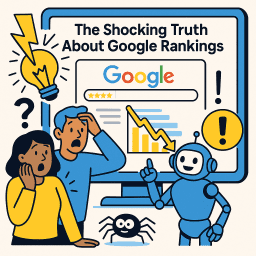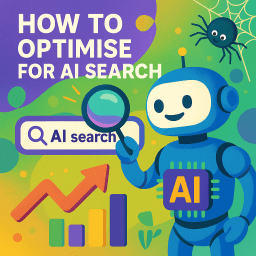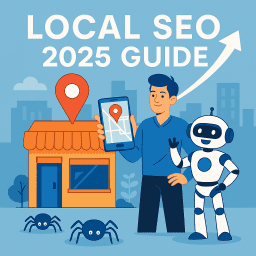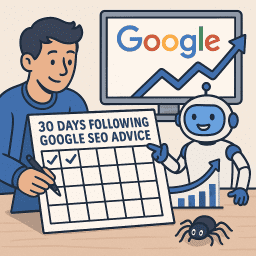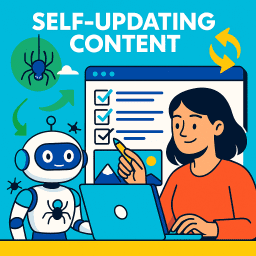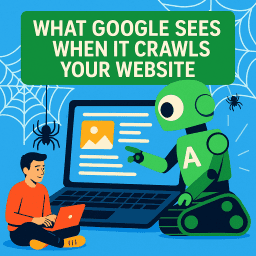How to Use Perplexity AI for SEO Research (2025 Guide)
A Deep Dive into the AI Search Engine Alternative
🔍 What Is Perplexity AI?
Perplexity is an AI-powered search engine that combines traditional web search with the conversational capabilities of large language models (LLMs). Rather than delivering a list of blue links like Google, Perplexity generates direct, cited answers to your questions in real time. It’s a hybrid of AI chatbot and research assistant, purpose-built for information retrieval.
Founded in 2022 and now backed by investors like Jeff Bezos and NVIDIA, Perplexity is becoming a serious player in the AI search space. For SEOs, digital marketers, and content creators, it’s quickly proving to be more than just a novelty — it’s a practical, powerful tool for research, ideation, and even SERP analysis.
🚀 Key Features That Make Perplexity Unique
- Copilot: A contextual research assistant that guides your search with smart follow-up questions and topic branches.
- Real-Time Data: Pulls from the live web, unlike ChatGPT (unless connected to plugins or browsing tools).
- Source Citations: Every answer includes clickable citations, so you can verify where the information came from.
- Topic Threads: Allows continuous research with contextual memory for better depth and exploration.
- Multimodal Results: Delivers results in various formats — web links, text answers, charts, videos, and PDFs.
📊 How SEOs Can Use Perplexity in 2025
- Keyword Research: Ask Perplexity what terms users search for around a topic. Follow up with “what are the most searched terms related to…” for specific phrases.
- Content Ideation: Use it to generate blog topic ideas, FAQs, subheadings, and outlines based on user intent.
- Competitor Insights: Ask “How does [competitor site] rank for X keyword?” or “What is [site]’s content strategy?”
- Entity Mapping: Identify related terms, people, brands, and topics Google associates with your niche.
- FAQ Building: Perplexity is excellent at surfacing real questions people ask — perfect for structured FAQ markup.
🧠 Real Use Case: Content Brief Generation
Let’s say you want to write a blog post titled “Best Email Marketing Tools for Small Businesses.” You can ask Perplexity:
“What are the most trusted email marketing tools for small businesses in 2025?”
It will return a structured list with citations from sites like HubSpot, Capterra, and TechRadar. Follow up with:
“What features should small businesses look for in email marketing platforms?”
You now have subtopics, benefits, pain points, and relevant comparisons — all with sources. With a few more prompts, you can assemble a full article outline including keywords, user intent, and FAQs.
⚖️ Perplexity vs ChatGPT vs Google: Which Is Better?
ChatGPT is more creative and flexible — great for content drafting, rewriting, and tone control. But its search knowledge is often outdated unless connected to plugins.
Google remains the most comprehensive engine for exhaustive search and real-time results, but you have to dig through pages yourself.
Perplexity sits between the two. It gives you up-to-date, cited insights — ideal for factual queries, SEO research, and competitor analysis.
⚠️ Limitations to Keep in Mind
- Data Sources: Not all results are from authoritative SEO outlets — verify important claims.
- No Search Volume: Doesn’t provide traffic data or keyword volume; use it with Ahrefs or Semrush.
- Short Memory (Free Version): Threads expire or get reset without a Pro account.
- No Organised Prompt History: Can’t categorise past sessions into projects.
💡 Tips for Getting the Best Out of Perplexity
- Use specific, contextual prompts — e.g. “in the UK”, “for SaaS startups”, etc.
- Follow up with “What else should I know?” to deepen insights.
- Click sources to validate accuracy and explore further ideas.
- Pair with ChatGPT to reformat Perplexity outputs into polished content.
🔗 Integrating Perplexity into Your SEO Stack
- Ahrefs/Semrush: Use Perplexity to brainstorm topics, then validate keywords in these tools.
- Google Search Console: Ask Perplexity for trend explanations or “why did traffic drop in Q2 2025?” style queries.
- ChatGPT: Combine factual research from Perplexity with ChatGPT’s formatting and language control.
📈 Why SEOs Should Care About Tools Like Perplexity
With Google’s shift toward AI Overviews and declining organic clicks, SEOs must adapt. Tools like Perplexity mirror where search is heading — fast, conversational, source-backed answers. By learning how to extract high-quality insights from it, you’re future-proofing your content research and strategy workflows.
💬 What the Experts Are Saying
“Perplexity is one of the few AI tools I use daily — it bridges the gap between LLM hallucination and search engine reliability.”
— Aleyda Solís, International SEO Consultant
“If Google doesn’t give you what you want in 3 clicks, Perplexity probably will in one.”
— Kevin Indig, SEO Strategist
“Tools like Perplexity are changing how we think about discovery. It’s a new kind of search literacy.”
— Rand Fishkin, Co-Founder of SparkToro
“The best SEO tools won’t do the work for you — but they’ll make sure the work you do is smart, fast, and focused.”
— David Roche, The SEO Guide Book
❓ FAQs
Is Perplexity AI free to use?
Yes, Perplexity offers a generous free tier. However, features like unlimited Copilot and advanced research threads are available in the paid Pro version.
Can Perplexity replace tools like Ahrefs or Semrush?
No. While it’s excellent for ideation and competitor insights, it doesn’t offer keyword volume, traffic estimates, or backlink data like professional SEO suites do.
Does Perplexity use ChatGPT?
Perplexity uses its own AI architecture but integrates multiple LLMs (including GPT-4 in Pro mode) and custom layers to generate factual, cited answers.
Is it safe to rely on Perplexity for SEO advice?
Use it as a research assistant, not a decision-maker. Always verify insights with authoritative sources and cross-check with SEO tools and real performance data.


